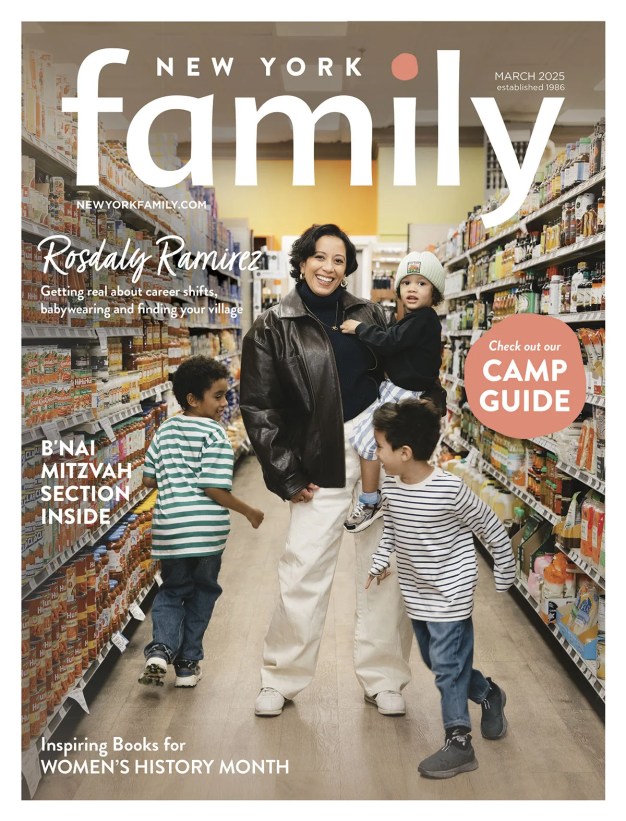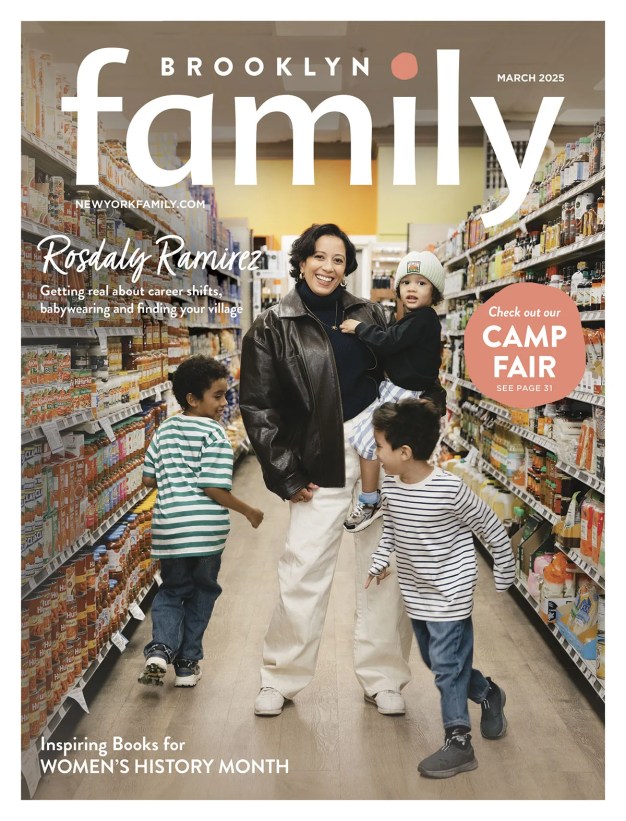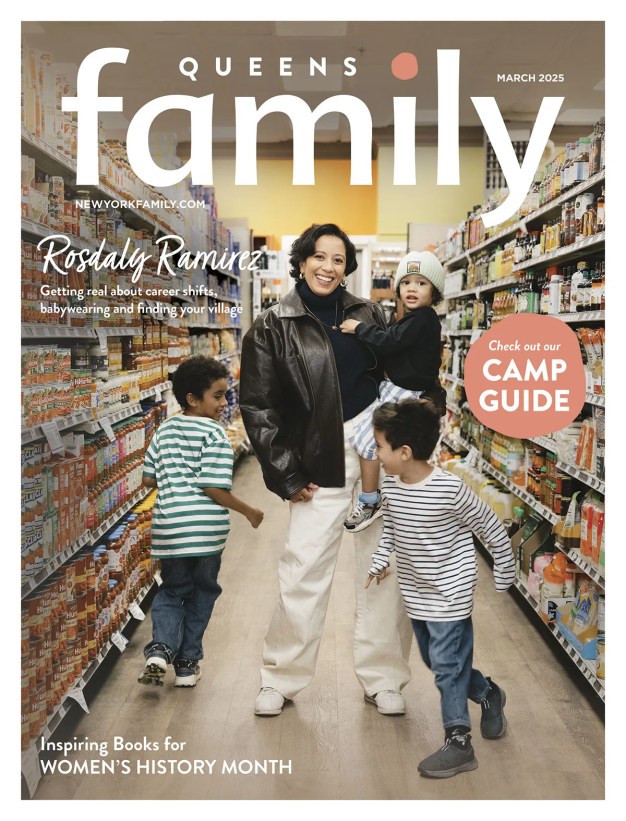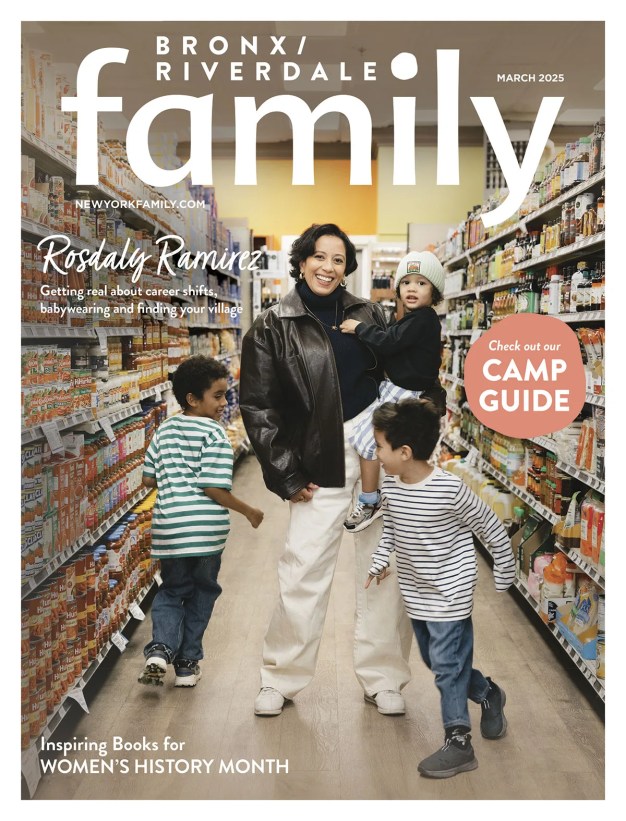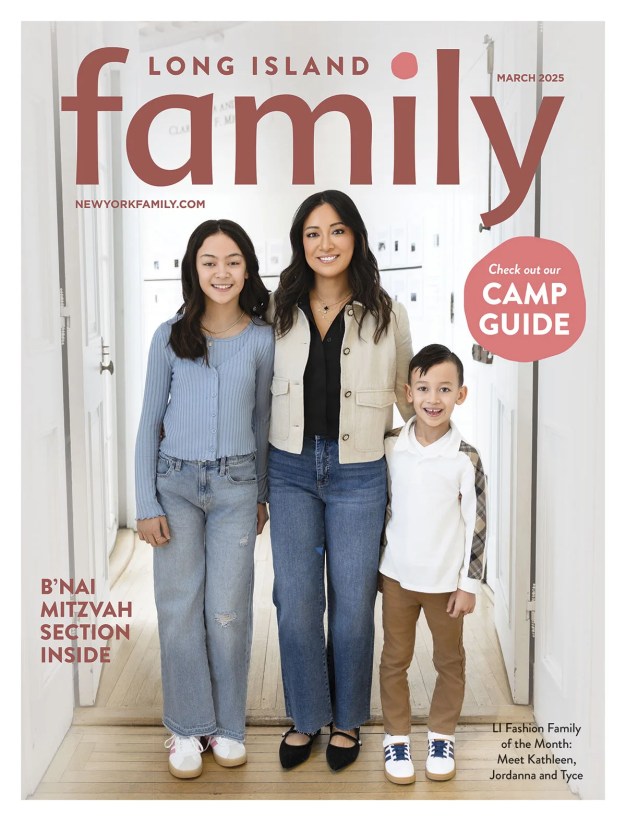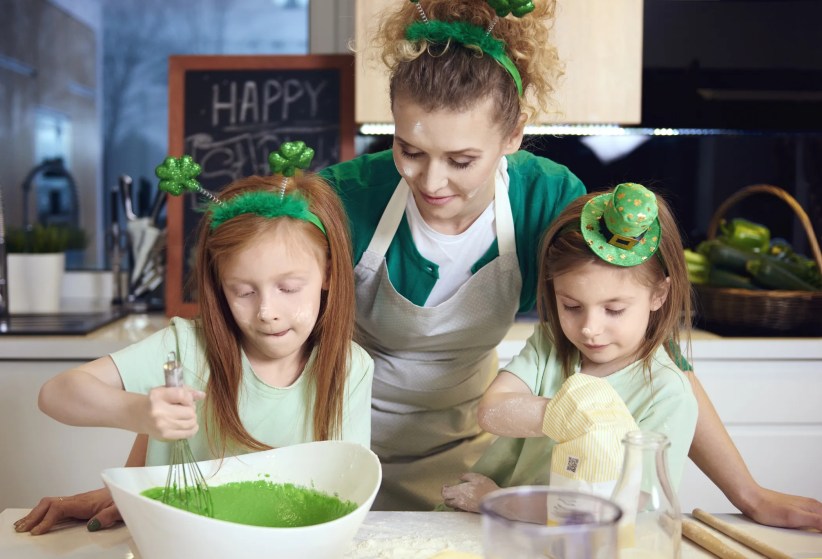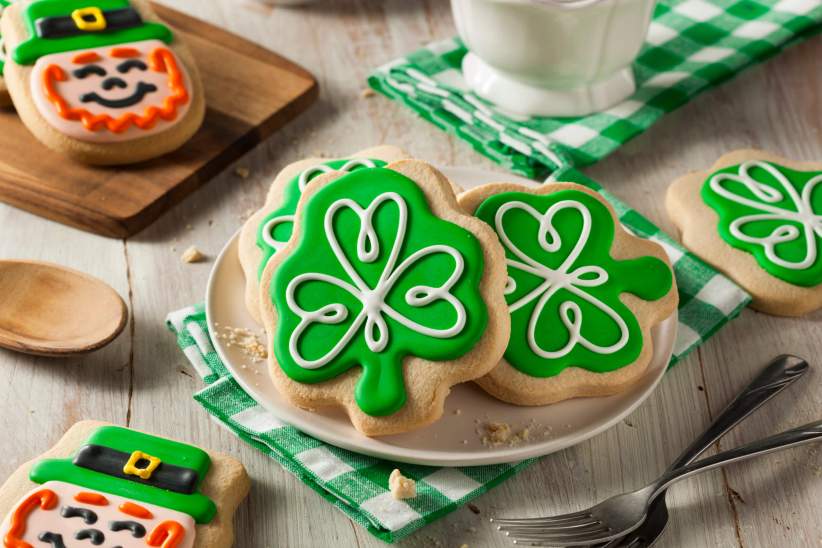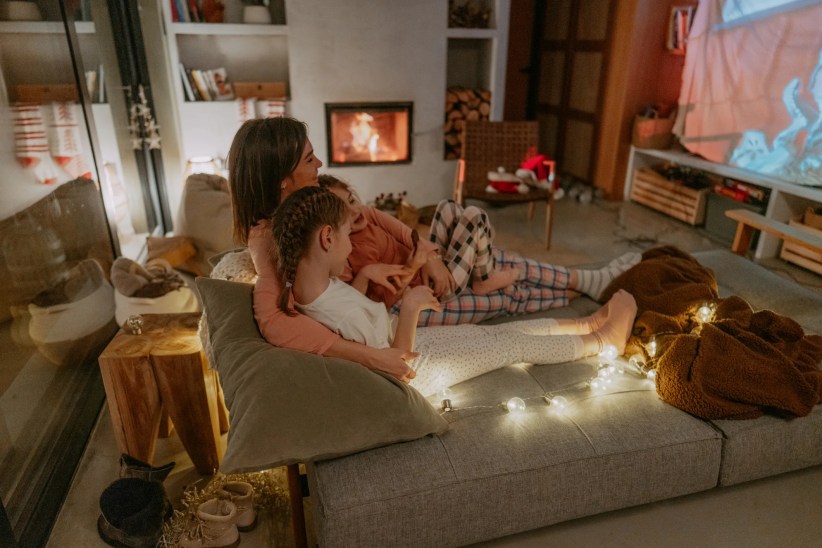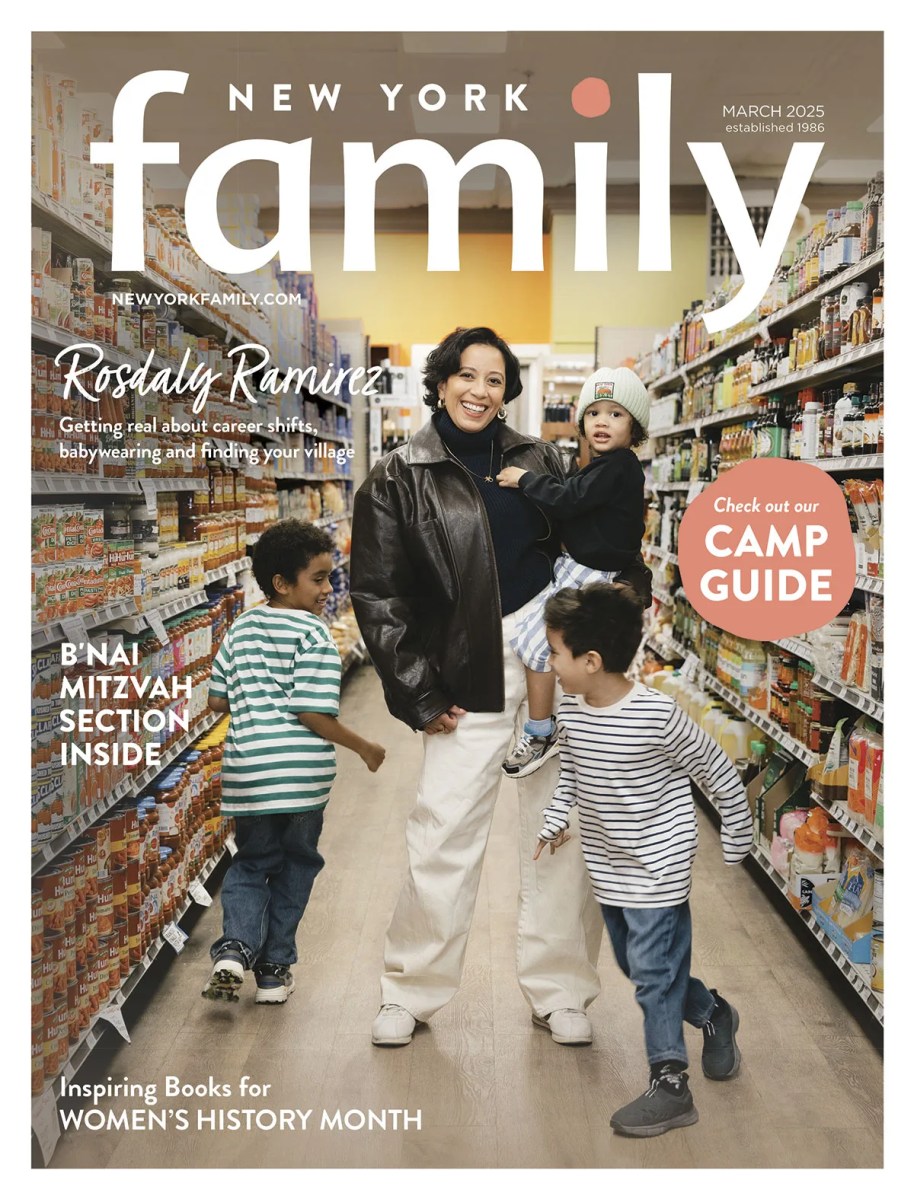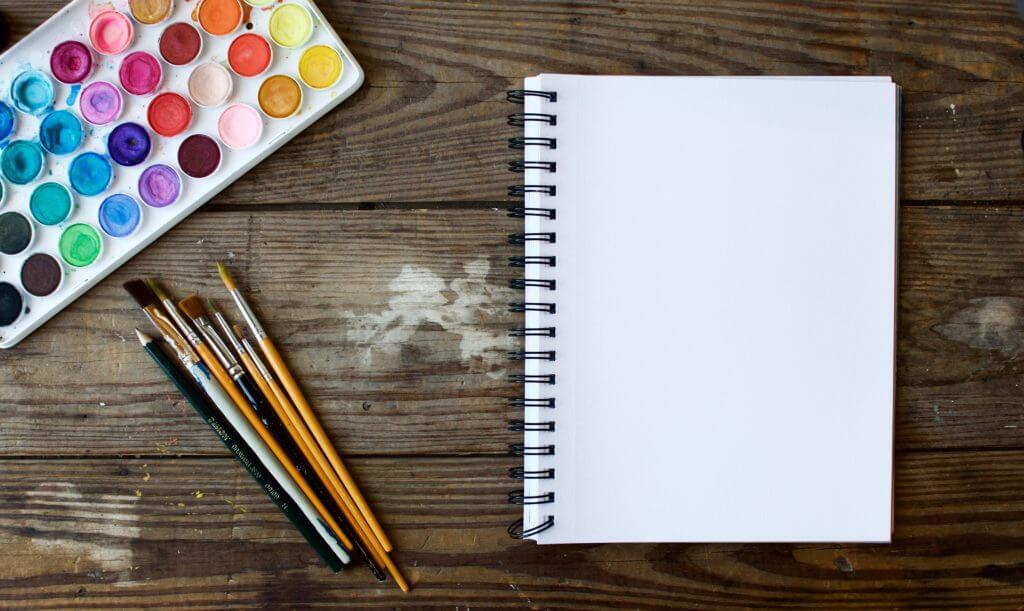 How to wean yourself from keeping every single thing your child creates
How to wean yourself from keeping every single thing your child creates
The problem starts small because, frankly, so does your child. But once you’ve got a toddler, you’ve begun to amass “the opus”— every painting, handprint, collage and more. The older the child, the more voluminous the stuff – homemade cards, pipe cleaner crafts, beading projects, early notebooks, and on and on. Sally Tannen, director of 92Y’s Parenting Center, offers some tips on how to manage it all (spoiler alert: it involves a trash can!).
How to evaluate what to keep
Part of evaluating what we keep is recognizing why we keep, and more specifically, why you do. Are you holding on to the giant cardboard butterfly wings your child painted and wore in a preschool show because you think they’ll want to have them one day? Or because getting rid of them would leave you feeling like a bit of your child’s youth has flown away, too? Young children take great pride in their every creation, but as they grow up, they tend to be acutely unsentimental about much of their past handiwork. By the time your child is a first grader, you’re more inclined to hold on to their things than they are. Getting in touch with why it is an important step in getting a handle on it all.
So, what to keep: You’ll certainly want to keep the things with particular importance or meaning to your child. And you should keep the artwork or creations that have maximum meaning for you or tug most on your heartstrings. It’s also nice to hold on to something representative of each stage in your child’s development—the first handprints, the preschool craft that best captures that time, an early writing sample, etc. But more is not better, it’s just more. Be as unflinching as possible in tossing the creations that are essentially redundant.
Hold on to the memory, not to the “stuff”
Digital photography has made it stunningly easy to preserve memories. While amassing a huge photo library brings its own challenges, photographing some of your child’s creations is a terrific way to capture them without needing to hold on to the physical “stuff.” Another idea is to turn something large into something small. Photograph those butterfly wings taking up space in a closet, and have the image reproduced on a coffee mug you can use every day. Turn a large painting into thank you cards for your child to send. There are also apps, like Artkive, and DIY, that enable you to upload photos of your child’s artwork and turn them into a gallery you can access on any device.
School daze
As your child grows, arts & crafts projects will gradually yield to schoolwork, and volumes of it—notebooks and homework assignments and writing projects and more. Don’t wait until you’ve got a fifth grader to decide how you’ll handle it all. One way to approach this is to decide you’ll keep 10 things from each school year. When the school year ends, go through the stacks (with your child, if older than a first grader) choose the 10 items to keep—a story, a drawing, etc.—and toss the rest. Your child won’t miss those things, nor will you.
Do the tossing out of sight
Your child will never care that you ditched hundreds of scribbles and coloring work and such, but you certainly don’t want to do it in front of them. Be sensitive about this—it’s one thing to not want or need something, it’s another to witness the act of discarding. And toss responsibly, relegating to recycling the things you can.
Look forward, not back
Holding on to and revisiting a child’s early expressions is deeply connected to our own thoughts and fears—about impermanence, even about our own mortality. But our children need us to nourish their growth, not preserve their youth. Embrace and celebrate every stage of childhood, then embrace and celebrate the next. Hold on to the most meaningful things your child creates and let the rest go. They’ll always have plenty of sweet reminders of their younger self. And they’ll appreciate having parents who look forward, not back, at ease with watching them fly—without butterfly wing
Director of 92Y’s Parenting Center and Grandparents Center, Sally Tannen has been supporting parents of young children, building community, and creating and offering activities and classes for babies, kids, parents and grandparents for thousands of NYC families for more than 25 years. A mother of four and grandmother of three, Sally’s personal experience continues to enrich and inform her work.
